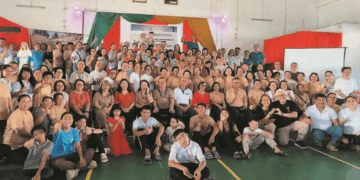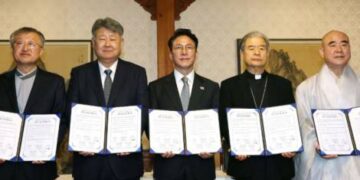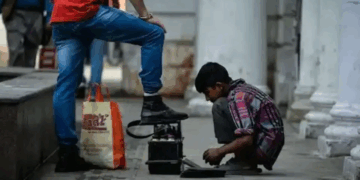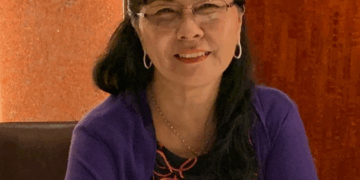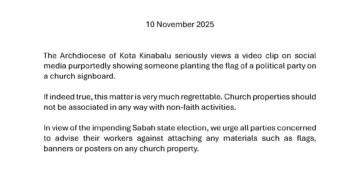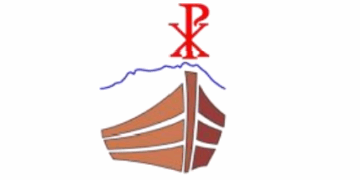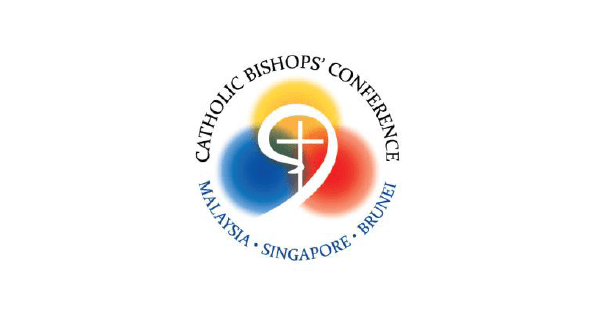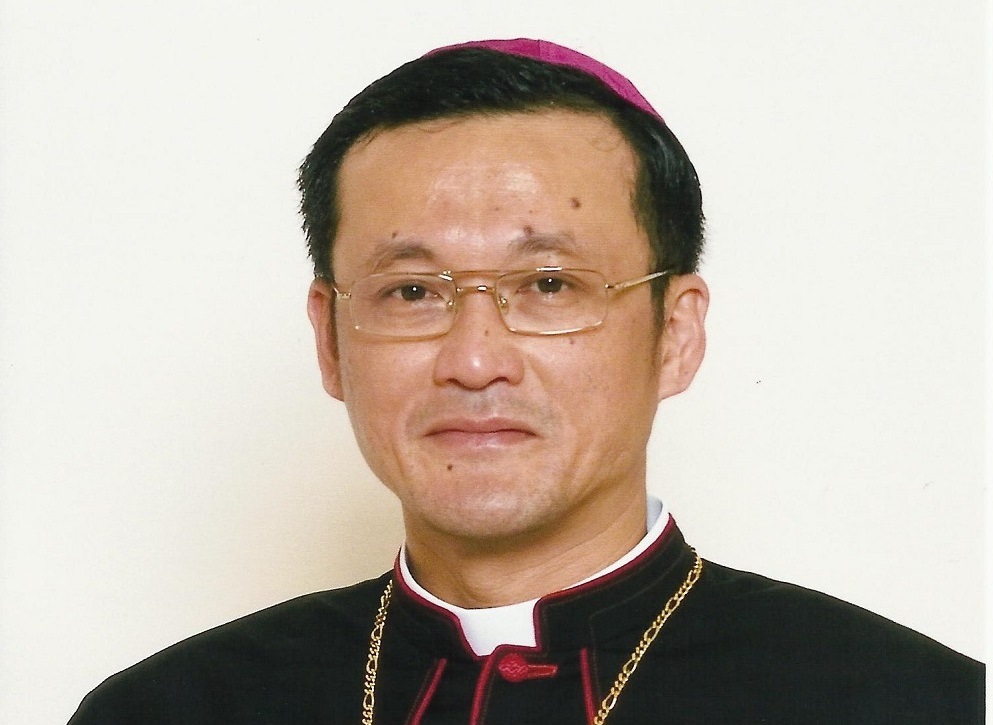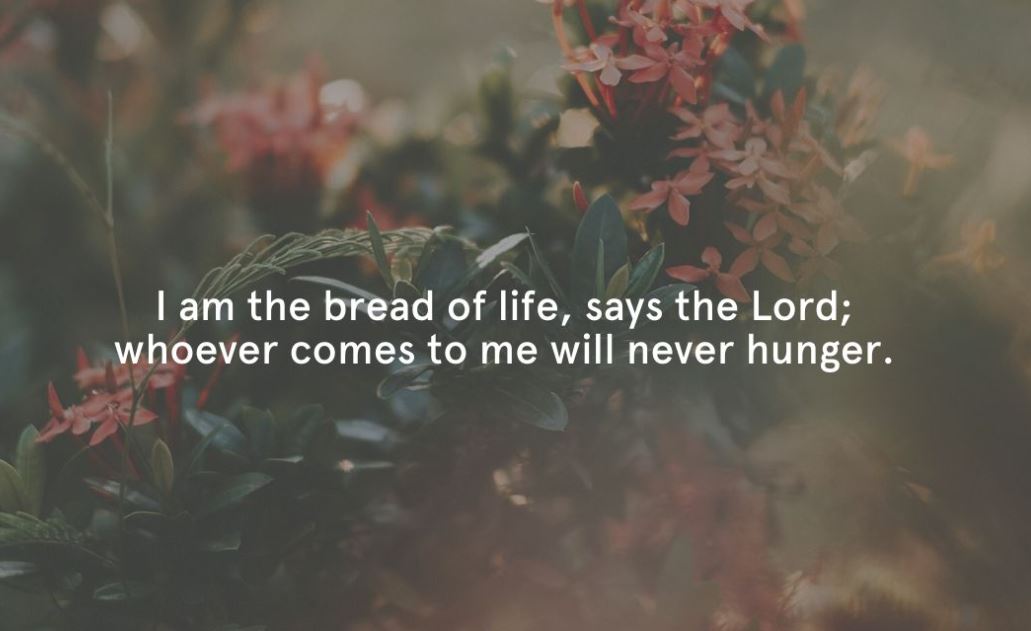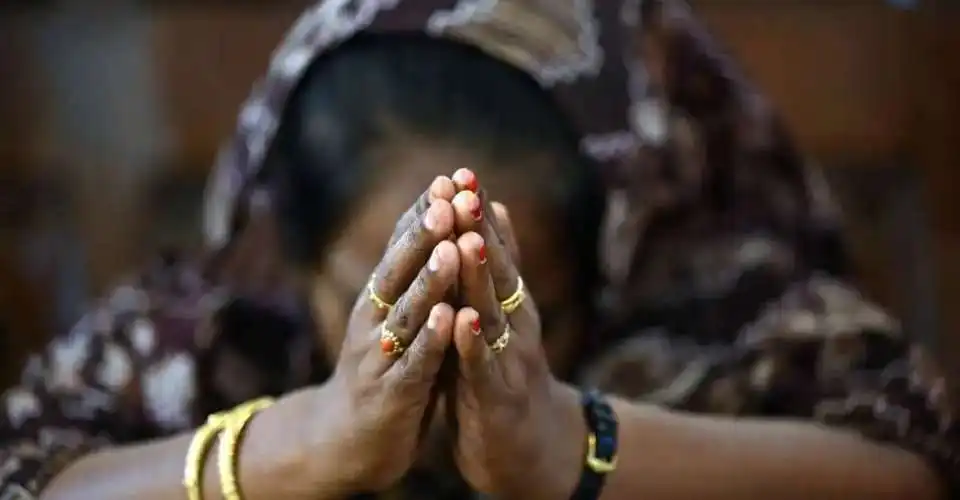
By Michel Chambon
To cultivate the life of the Church, we have to care for its ministries, those vital functions of sanctifying, teaching, and guiding. But as mentioned earlier, we also need to relearn how to pray, both alone and together and to do so constantly. Spending time with God is absolutely essential.
And the communal liturgy isn’t enough. We also need to cultivate a personal relationship with Him. This personal encounter is something that we need to re-explore and cultivate.
Bombarding the Lord with self-centered complaints is far from ideal. Praying is about making the time and space to be with Him. It is a lifelong journey, one that follows in the footsteps of Jesus.
Personal prayer needs to become a habit in the deep sense of the word. In French, the terms habit and cloth are related: a habit is like a garment that protects us, restores our dignity, and helps us go out and meet the world. But like any garment, prayer-as-habit needs to be refreshed, cleaned, and changed now and then. If we repeat the same type of prayer day after day, month after month, it easily becomes a stale routine more like the life of an old bachelor than a true encounter with the Bridegroom.
When I accompany adults preparing for baptism, I encourage them to carve out a bit of time each day for prayer using a specific method. For several weeks, the goal is simply to stick to that one method, nothing more. Faithfulness matters more than quantity.
But after a few weeks, it’s important to try praying in a different way. Change is crucial if we want to avoid turning prayer into a kind of quantitative routine that may soothe our conscience but gradually loses sight of the One we’re meant to be encountering.
To renew our way of praying, we need to be familiar with a variety of methods. This diversity is important, it helps us stay awake, be surprised, and be renewed. Unfortunately, many of our communities don’t know the rich range of ways to pray.
We are, in many ways, spiritually illiterate.
Many Christians go to Mass regularly and say grace before dinner. Some also pray the Rosary. But beyond that, many don’t really know how to pray. Embarrassed by this spiritual illiteracy, they hesitate to talk about it with their brothers and sisters in faith. In moments of crisis, they cry out to their Father in heaven but since they haven’t spent time with Him regularly, they don’t really know how to express their hopes, their joys, or their sorrows.
Knowing how to pray means knowing how to move among a variety of methods to let ourselves be guided and renewed over and over again. These methods, passed down from generation to generation, are treasures that help us become more familiar with God, our Father.
In this mini-series, I’d like to revisit just four ways of praying, simple, accessible methods. But I also want to go beyond the idea of prayer as just a mental exercise or a flow of words. Prayer, first and foremost, is a path toward becoming present to the One who is truly present, the One who is always here with us, even though we are often somewhere else.
I’m not trying to offer an exhaustive, scholarly classification of prayer techniques. That would go against the very nature of prayer as a loving relationship. But I do hope to refresh our perspective and help us start walking again wherever we are.
For this first reflection, let’s take ourselves by the hand literally. It’s time to relearn how to pray with our hands, not just with our heads!
In the Bible, God creates with His hand. He shapes us, and with His pointed finger, He gives us the Law. He caresses us with His hands. He takes us by the hand. He shows us His pierced hands.
We already pray with our hands when we say the Rosary. Of course, we focus on the mysteries and pour out words, but our fingers, too: counting the beads, holding them, rolling them are praying with us.
In Christianity, touch matters. Our hands help our whole body, our entire being, to become directed toward the divine mystery. Hands connect us with materiality which is also the essence of the Christian God.
Another way to pray with our hands is by becoming a scribe just for ten minutes a day. No more. It was a Korean friend of mine who helped me rediscover this ancient monastic tradition. She herself had learned it from Protestant friends. It’s a very simple method but powerful.
Each day, take 10, 15, or 20 quiet minutes, sitting down to copy out Holy Scriptures by hand. You can choose any book, First Testament or New. Personally, I prefer the Gospels. What matters is that each day, you write out a bit of the Word in a notebook dedicated to this purpose.
Day after day, verse by verse, you copy the text carefully trying not to miss a word, writing neatly. The Word of God calms us and draws our attention back to what really matters. Word after word, we copy not to analyze or meditate, but simply to write. That’s it.
Little by little, the text moves from something we see with our eyes, to something that enters our mind, then our arm, and finally our hand and from there, onto the page. By paying close attention with our hands, we let the Word of God pass through us, we don’t analyze it or try to control it; we just let it flow.
Like a living spring, we let the lines and chapters flow day after day. We stay attentive to each word, to our handwriting, and keep going. In this simple and humble copying, we begin to notice how the text touches us, calms us.
We start to see details and patterns we’d never noticed before. And just as we feel drawn in, our 10 or 15 or 20 minutes are up. We stop, leave the text where it is, and return to our daily lives. God will meet us again tomorrow.
This form of hand-prayer is very simple. But copying Scripture is a beautiful way to re-learn how to spend time with the Word and therefore with God Himself. It’s another way of being together. We let the text guide and touch us, and when the time is up, we let go, saying, “See you tomorrow.”
No control, no performance, no self-centeredness. Just the daily fidelity of a hand writing letter by letter, word by word. Many of the people I guide spiritually have shared how much this practice has helped and renewed them.
But I’ll say it again: this method should be just one among others, something we do for a few weeks at a time. After praying with our hands for a while, it’s time to explore another way of praying. – UCA News
This is the first part of a four-part series on ways of praying.
*The views expressed in this article are those of the author and do not necessarily reflect the official editorial position of UCA News.





